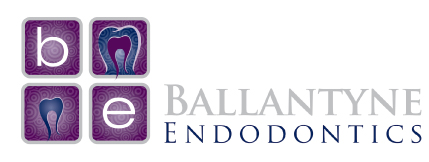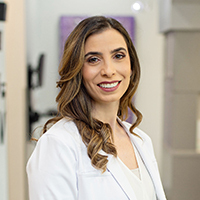Mesial of The Tooth: Understanding Dental Lingo
Key Takeaways:
Understanding Tooth Surfaces:
Each tooth has five surfaces with specific names: occlusal (chewing surface), mesial (forward side), distal (back side), buccal (cheek-side), and lingual (tongue-side).
Significance of Mesial Surface:
The mesial surface is particularly important because it faces towards the midline of your teeth and is often where cavities and gum disease can develop.
Importance of Dental Terminology:
Learning dental terminology empowers patients to engage more effectively with their oral health care.
“The mesial of the tooth has a cavity.” Have you ever listened to your dentist and thought they were speaking a foreign language? Sitting in the chair for a dental exam can be confusing, if you don’t know the technical terminology. Learning a little bit about dental vocabulary can help you to be more informed about your oral health, and more able to comply with your dentist’s instructions. The forward-facing part of the tooth, called the mesial, is a good place to start expanding your knowledge of tooth anatomy.
What Is the Mesial?
Each of your (approximately) 32 teeth has five surfaces, and each surface has its own directional name. These surfaces are:
- Occlusal – The chewing surface of the tooth.
- Mesial – The forward side of the tooth. The mesial of the tooth is found on the “in between surface” of the tooth next to it.
- Distal – The back side of the tooth.
- Buccal – The cheek-side of the tooth. This surface is also referred to as the facial surface when referring to the front teeth.
- Lingual – The part of the tooth that is closest to the tongue.
The mesial of the tooth typically touches the distal of the tooth next to it. On your back teeth, it’s hidden in the narrow space between teeth where you floss. The mesial and distal surfaces could be thought of as the side window frame of the tooth, whereas the buccal and lingual surfaces could be thought of as the window itself. According to the American Dental Association, the mesial can also be explained as the side that faces toward the midline of your teeth under your nose.
Why Study Tooth Anatomy?
While in dental school or dental hygiene school, dental professionals learn the best way to care for each tooth, from the peanut crunching molars in the back to the carrot-biting incisors in the front. They must learn about the entire tooth in order to care for each part of it. Having a specific name for each tooth surface helps dental hygienists and dentists communicate efficiently and specify which area needs work.
It is difficult to treat the mesial part of the tooth by itself, and in many cases the occlusal or chewing surface is also involved. Explaining these terms and educating people about the associated conditions is one of the best ways that dental professionals can serve their patients, according to Dentistry Today.
Your dental hygienist will typically care for the entire tooth, but the primary infection could be found in just one specific spot. This is important to know when caring for not just each tooth, but each part of the tooth. Having a good knowledge of where a problem lurks can help you care for your teeth better at home.
Other Mesial Mentions
Bone loss, which can be caused by periodontal disease, is also identified in directional terms. When a dental hygienist identifies mesial bone loss, it means that there is bone loss in the front of the tooth. Gum disease can also only be present in a certain part of the tooth. Since the mesial surface can be found in between your teeth, the most important way you can prevent mesial tooth, gum and bone problems is by flossing. Flossing helps remove plaque from the gumline to prevent gingivitis and other oral diseases.
We need our teeth for a lifetime, and dental professionals have invested their careers into helping patients keep them. Want to do more for your teeth? Learning dental terminology can be a great starting point for a better and more knowledgeable approach to your oral health!

